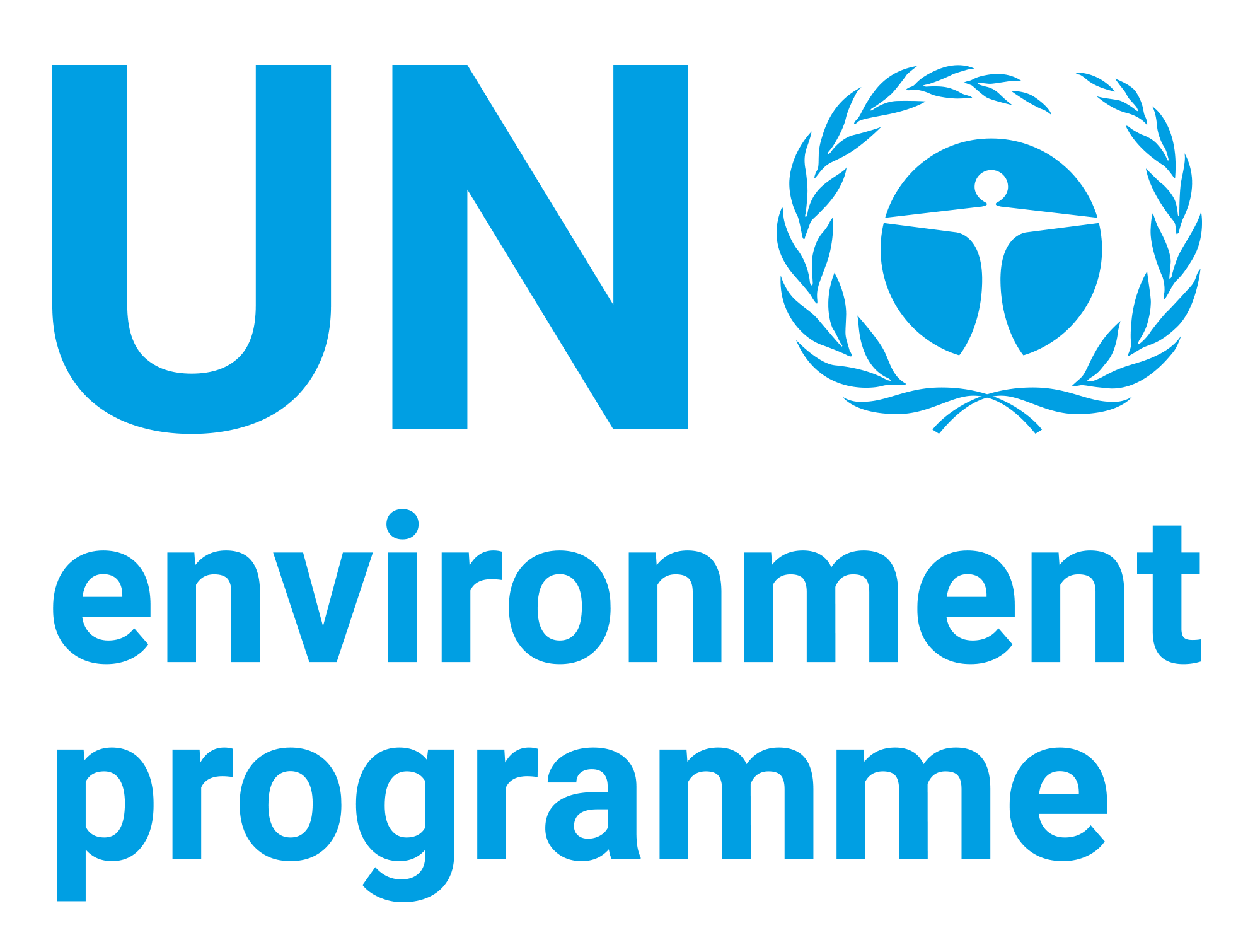Black Carbon Mitigation and the Role of the Global Environment Facility: A STAP Advisory Document

Date
2015Author
Scientific and Technical Advisory Panel (STAP)
Global Environment Facility
United Nations Environment Programme
Citation Tool
Bibliographic Managers
RT Generic T1 Black Carbon Mitigation and the Role of the Global Environment Facility: A STAP Advisory Document A1 Scientific and Technical Advisory Panel (STAP), Global Environment Facility, United Nations Environment Programme YR 2015 LK https://wedocs.unep.org/20.500.11822/7432 PB Scientific and Technical Advisory Panel (STAP) AB TY - GEN T1 - Black Carbon Mitigation and the Role of the Global Environment Facility: A STAP Advisory Document AU - Scientific and Technical Advisory Panel (STAP), Global Environment Facility, United Nations Environment Programme Y1 - 2015 UR - https://wedocs.unep.org/20.500.11822/7432 PB - Scientific and Technical Advisory Panel (STAP) AB - @misc{20.500.11822_7432 author = {Scientific and Technical Advisory Panel (STAP), Global Environment Facility, United Nations Environment Programme}, title = {Black Carbon Mitigation and the Role of the Global Environment Facility: A STAP Advisory Document}, year = {2015}, abstract = {}, url = {https://wedocs.unep.org/20.500.11822/7432} } @misc{20.500.11822_7432 author = {Scientific and Technical Advisory Panel (STAP), Global Environment Facility, United Nations Environment Programme}, title = {Black Carbon Mitigation and the Role of the Global Environment Facility: A STAP Advisory Document}, year = {2015}, abstract = {}, url = {https://wedocs.unep.org/20.500.11822/7432} } TY - GEN T1 - Black Carbon Mitigation and the Role of the Global Environment Facility: A STAP Advisory Document AU - Scientific and Technical Advisory Panel (STAP)Scientific and Technical Advisory Panel (STAP), Global Environment FacilityGlobal Environment Facility, United Nations Environment Programme UR - https://wedocs.unep.org/20.500.11822/7432 PB - Scientific and Technical Advisory Panel (STAP) AB -View/Open
Item Statistics
Display item statisticsMetadata
Show full item recordDescription
Black carbon (BC) is formed by the incomplete combustion of fossil fuels and biomass. It is the most strongly light-absorbing component of fine particulate matter, and a local and regional air pollutant. It is also a short-lived climate pollutant (SLCP) with a lifetime of only days to weeks after release into the atmosphere. During that short period, it can have significant direct and indirect radiative forcing (warming) effects that contribute to anthropogenic climate change at regional and global scales. Black carbon also accelerates the rapid melting of the cryosphere, particularly in the Himalayas and the Arctic, adding urgency to the need to decrease emissions into the atmosphere. All SLCPs should be considered since the impact of each species is highly complex on the local and global atmosphere, and demands specific options for emissions control and measurement techniques. This guidance note concentrates solely on black carbon to impart a more in-depth review of this important species. Several studies have demonstrated that carefully selected measures to prevent the release of microscopic BC particulate products arising from the incomplete combustion of fossil fuels and biomass can reduce near-term warming and improve human health. BC is not the only substance emitted from incomplete combustion, and the climate impacts depend on the full range of co-pollutants emitted from a particular source. The challenge facing the Global Environment Facility (GEF) is how best to operationalize BC mitigation measures into its portfolio of projects. The GEF – 6 Strategy (2014 – 2018) specifically highlights the need to incorporate BC, as well as other SLCPs including methane, hydrofluorocarbons (HFCs) and tropospheric ozone (O3) into climate change mitigation projects1. Since the GEF provides support for partner countries to address global environmental issues, it is well-positioned to support BC mitigation measures across all relevant sectors where appropriate. However, it does not provide direction on how to accomplish this in practice. In this regard, the Climate and Clean Air Coalition (CCAC) has prepared a guidance note for countries wishing to include BC in their Intended Nationally Determined Contribution (INDC) to the UNFCCC2 and some countries have already begun considering measures to reduce BC emissions. For example, in its INDC Mexico has included a 51% reduction by 2030 of its current BC emissions3. This report provides an overview of BC emissions, including co-emitted species, their sources, impacts, and potential mitigation approaches. It summarizes the state of current knowledge provides specific recommendations to the GEF Partnership about BC mitigation options identifies the multiple benefits from reducing BC emissions, including improved human health and reduced crop losses and highlights various ways in which GEF investments can catalyze future action and realize these co-benefits. BC and carbon dioxide (CO2) are co-emitted during fossil fuel and biomass combustion. Hence displacing these fuels with alternatives will help reduce both short-lived and long-lived GHGs. Similarly, reducing fossil fuel demand by improved energy efficiency measures (to achieve the same energy services while burning less fuel) can also reduce both types of GHGs. A methodology for incorporating all GHG and SLCP emissions into a single climate impact assessment has yet to be developed. Meanwhile, the methods for reducing BC emissions as outlined in this report will enable the GEF to consider the implications of mitigation for its project portfolio.
Collections
Document Viewer
To read more, scroll down below.

